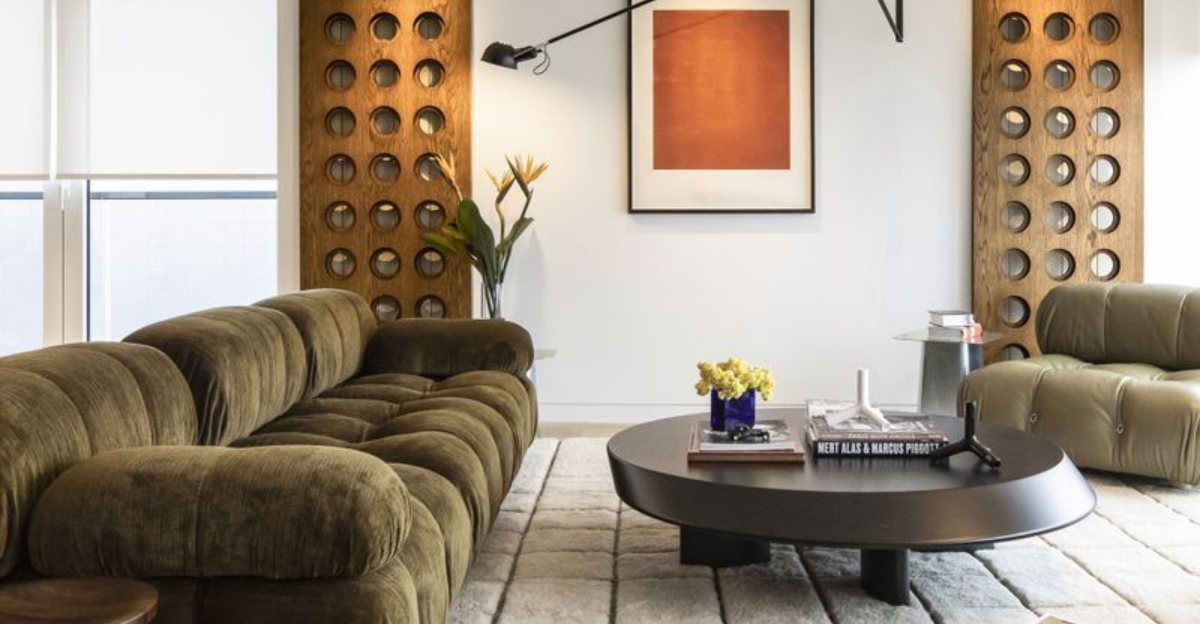Home decorating should make your space feel comfortable and reflect your personality, but some modern trends miss the mark completely. Many of us get caught up following design fads without considering if they actually work in our homes.
Let’s explore which contemporary decorating ideas fall flat and which ones are absolute decorating disasters to avoid at all costs.
1. Overusing Minimalism to the Point of Sterility
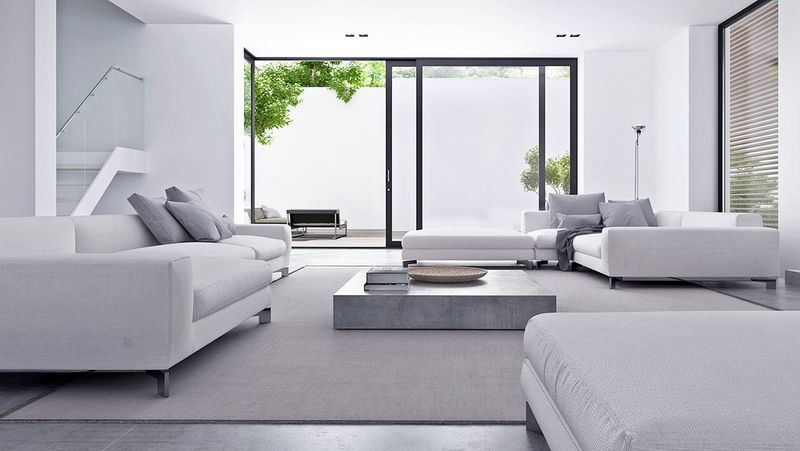
Ever walked into a room so sparse it felt like a doctor’s waiting area? Minimalism works best with thoughtful curation, not by stripping away all personality.
Moderation matters! A few carefully chosen decorative items create warmth without sacrificing clean lines. Remember, homes should feel lived-in, not like museum exhibits where you’re afraid to touch anything.
2. All-White Rooms Without Texture or Warmth
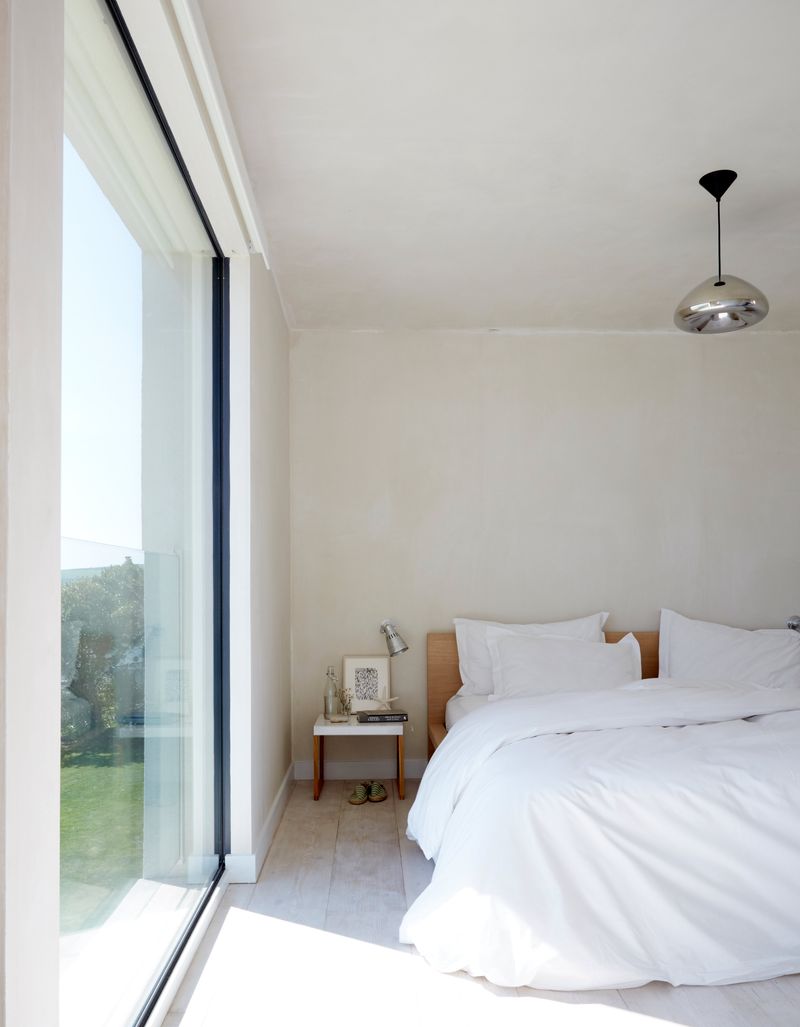
White-on-white schemes look stunning in magazines but quickly become clinical nightmares in real homes. Without varying textures or warm accents, these spaces feel like operating rooms rather than living spaces.
Adding natural elements like wood, woven textiles, or plants introduces necessary dimension. Even subtle cream variations create depth while maintaining that clean aesthetic you’re after.
3. Too Many Statement Pieces Fighting for Attention
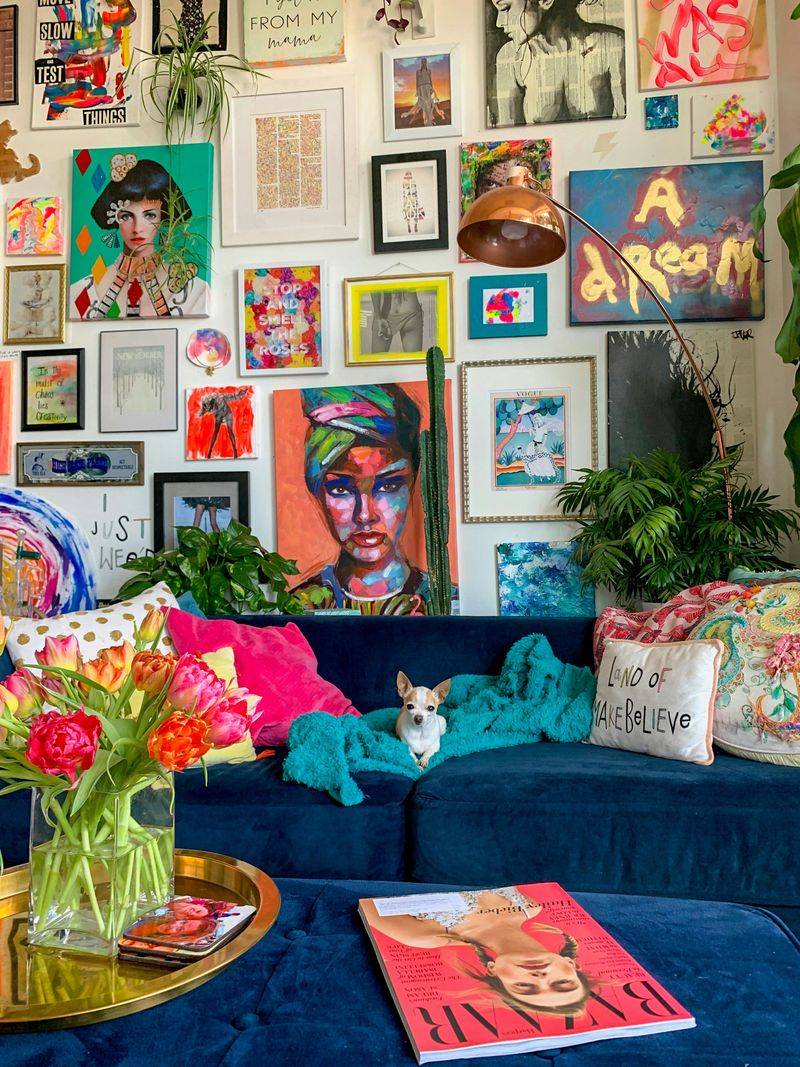
Bold chandeliers competing with dramatic artwork and vibrant furniture overwhelm the senses.
Visual hierarchy matters in design! Choose one or two focal points and let supporting elements complement them. Your eyes need places to rest between standout features for a balanced, cohesive space.
4. Ignoring Scale—Furniture That’s Too Big or Small
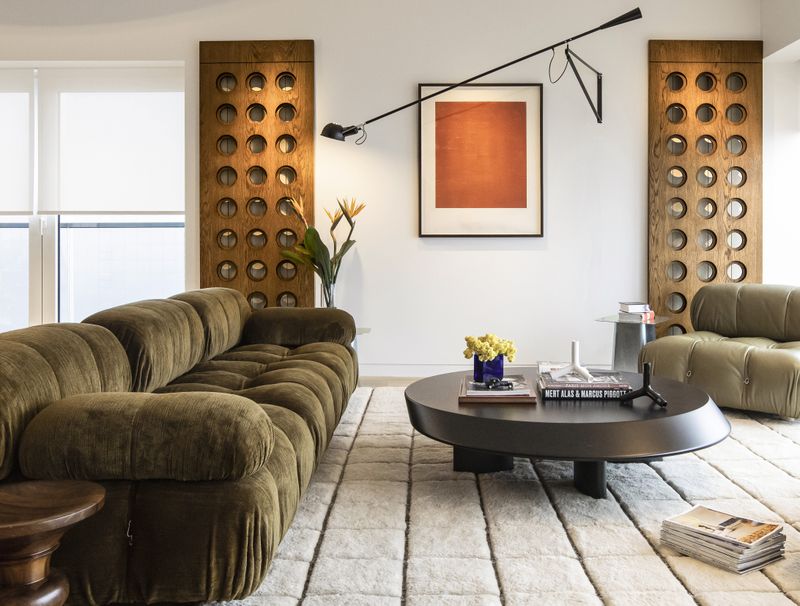
Squeezing an oversized sectional into a tiny apartment creates an obstacle course, not a living room. Conversely, dainty furniture floating in vast spaces looks awkward and disconnected.
Measuring before purchasing saves headaches! Proper scale ensures comfort and flow. Consider how people move through spaces and leave breathing room around pieces for a balanced, functional layout.
5. Overloading Walls With Art Without a Theme
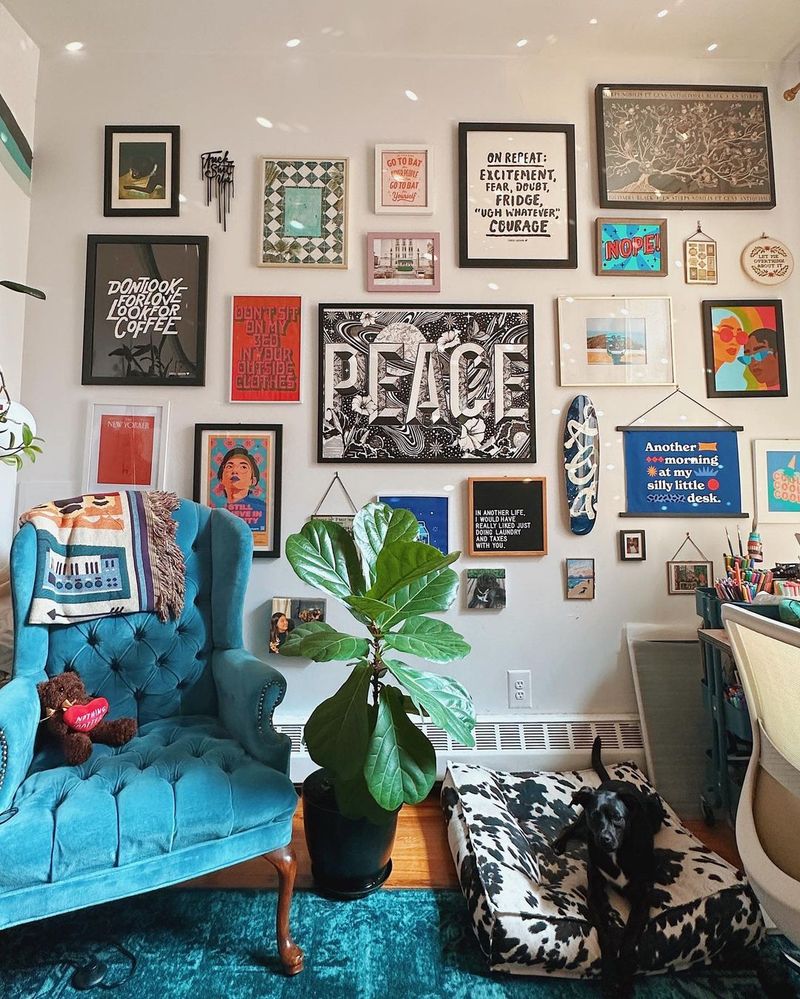
Random gallery walls resembling yard sale collections create visual noise rather than artistic statements. Without cohesion in color, theme, or framing, walls become chaotic distractions.
Curating with purpose transforms scattered pieces into compelling displays. Consider creating groupings with similar subjects, complementary colors, or consistent frame styles. Even eclectic collections need thoughtful arrangement to avoid looking haphazard.
6. Glossy Surfaces That Show Every Fingerprint
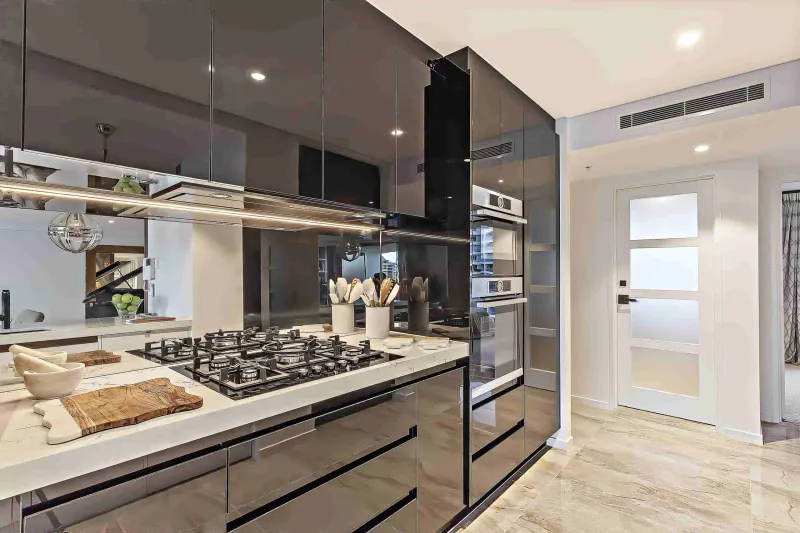
High-gloss cabinet fronts and tables look sleek in showrooms but quickly become maintenance nightmares. Each fingerprint, water spot, and dust particle becomes glaringly obvious under normal lighting.
Matte or satin finishes offer modern aesthetics without constant upkeep. For busy households with children or pets, choosing practical materials saves hours of cleaning and frustration while still maintaining style.
7. Mixing Too Many Conflicting Styles
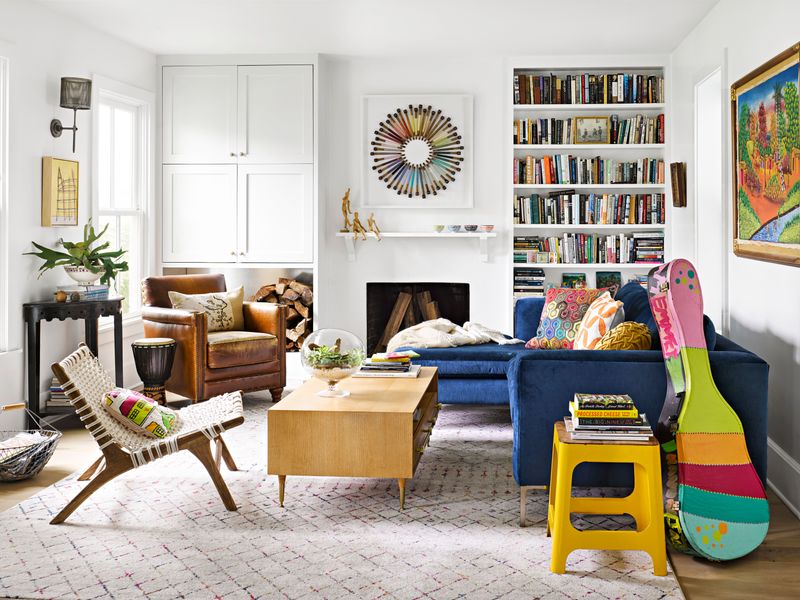
Jumbling mid-century modern with farmhouse, industrial, and boho elements creates design whiplash, not eclectic charm. Without a unifying element, rooms feel disjointed and confused.
Successful style mixing requires restraint and thoughtful curation. Finding common threads—whether color palette, material, or line—helps diverse pieces work together harmoniously. Start with a dominant style and add complementary accents rather than equal parts of everything.
8. Relying Solely on Trends Instead of Personal Taste
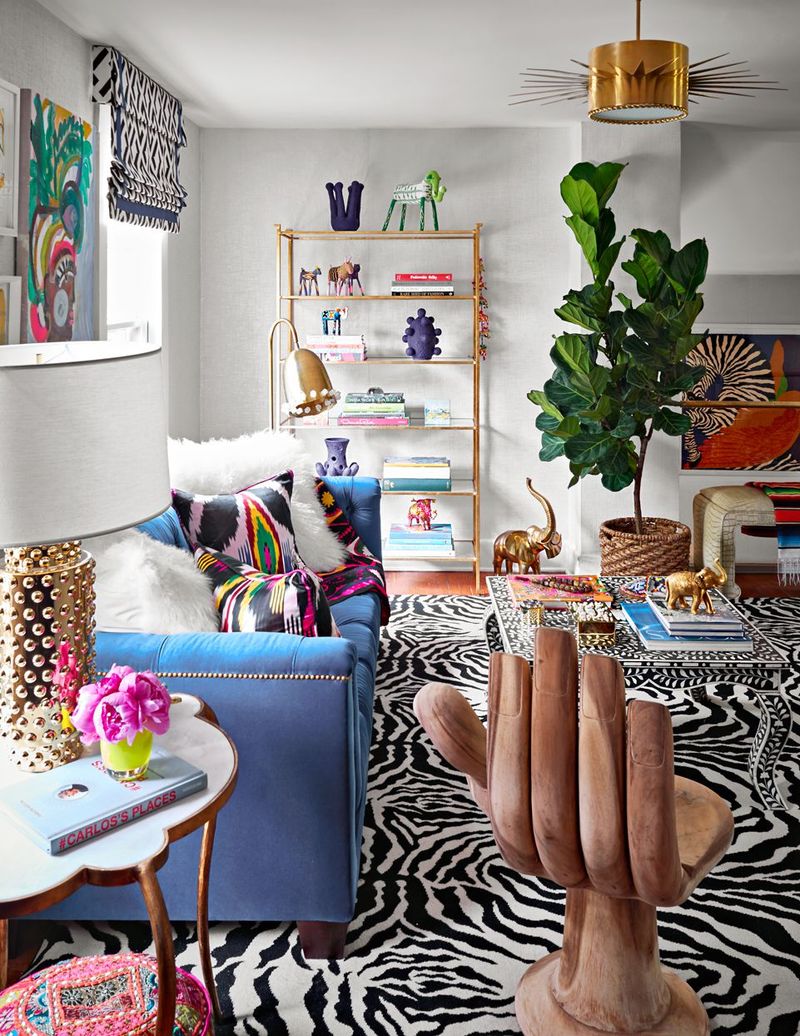
Filling homes with every Pinterest trend creates spaces that feel like showrooms rather than personal sanctuaries. Remember those ubiquitous “Live Laugh Love” signs and chevron everything?
Meaningful decor creates authentic spaces that tell your story. Incorporate items that spark joy or hold memories alongside carefully chosen trendy pieces. Homes should reflect the people who live there, not just what’s currently trending on social media.
9. Skipping Window Treatments Altogether
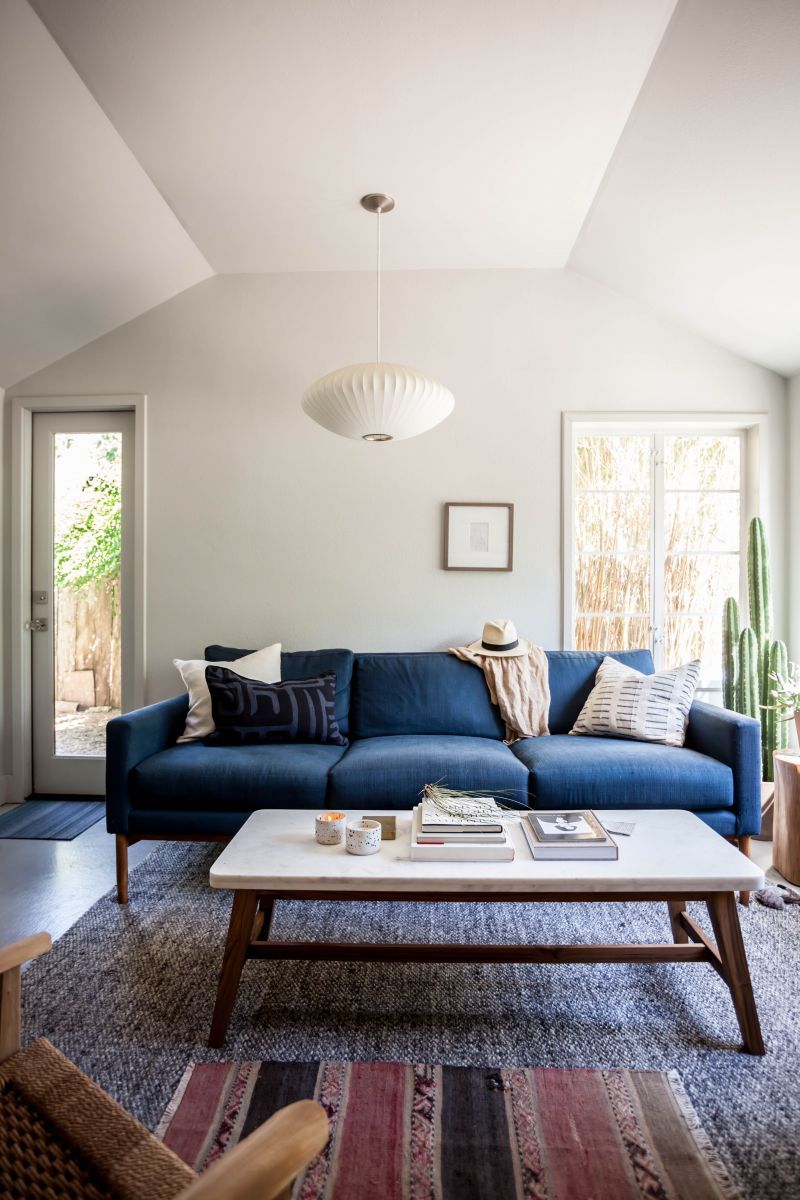
Bare windows might seem modern and minimalist, but they create fishbowl living at night and harsh light during the day. Privacy concerns aside, rooms without window treatments lack softness and acoustic balance.
Even simple treatments transform spaces dramatically. Light-filtering options provide privacy without sacrificing natural light, while adding necessary texture and warmth to complete a room’s design.
10. Underestimating the Power of Lighting
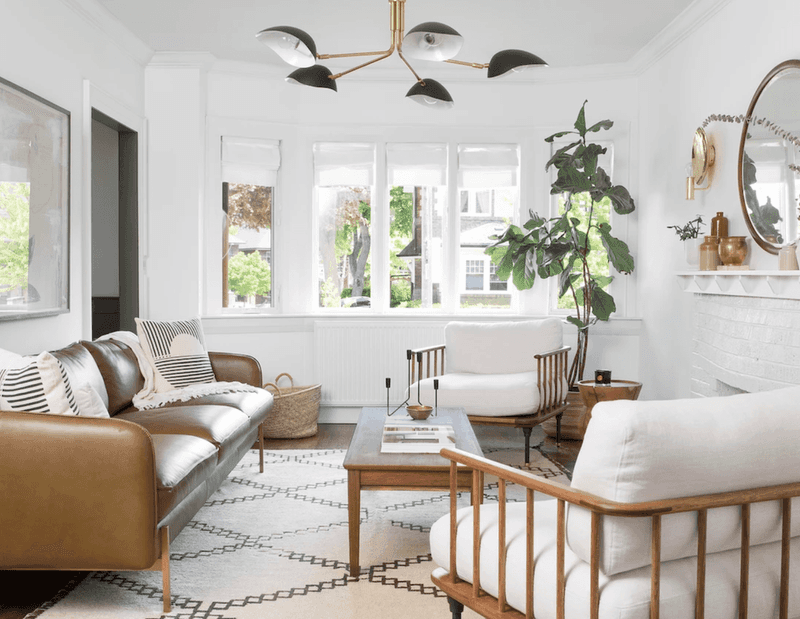
Relying solely on harsh overhead lighting creates unflattering shadows and cold atmospheres. Proper lighting dramatically impacts how colors appear and how comfortable spaces feel.
Layered lighting transforms rooms instantly! Combine ambient, task, and accent lighting at various heights for depth and flexibility. Warm-toned bulbs create inviting environments, while dimmers allow adjustment for different activities and times of day.
11. Excessive Use of Industrial Materials in Small Spaces
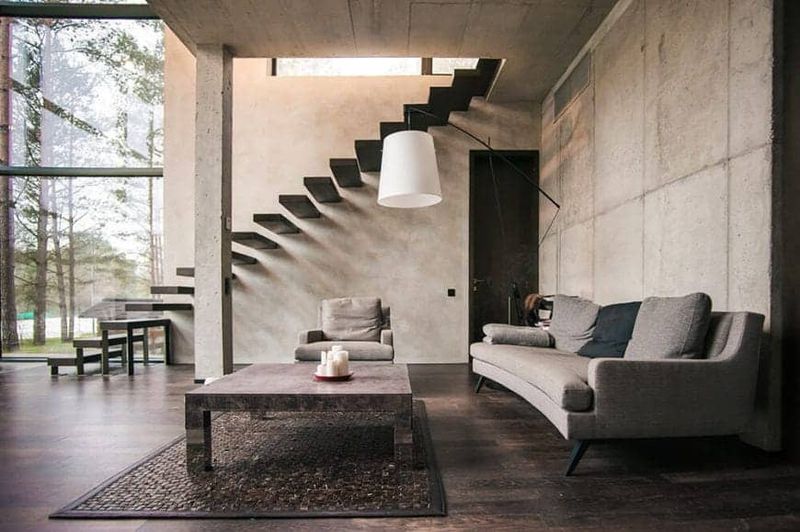
Concrete floors, exposed pipes, and metal surfaces might look cool in lofty warehouses but overwhelm average-sized homes. Small spaces with too many hard surfaces become echo chambers with poor acoustics.
Balance is crucial when incorporating industrial elements! Softening with textiles and wood prevents spaces from feeling like unfinished construction sites. Consider scale—what works in a converted factory rarely translates well to standard apartments.
12. Dark Colors Without Proper Lighting
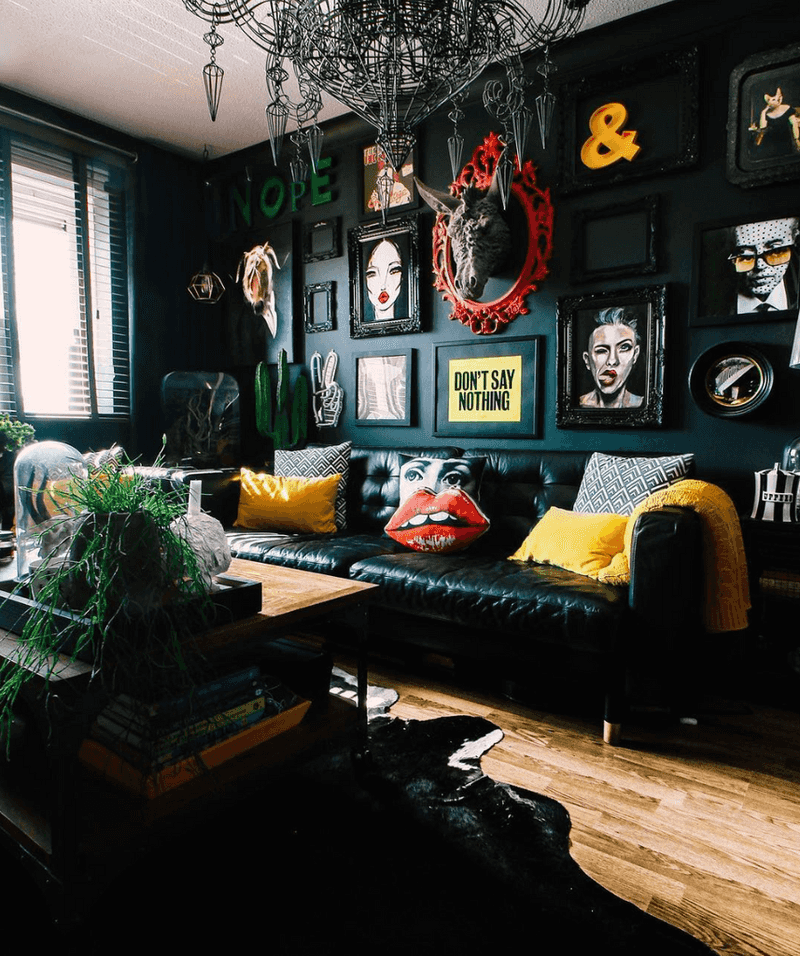
Moody charcoal walls look sophisticated in well-lit showrooms but transform average rooms into depressing caves. Without adequate lighting, dark colors absorb what little light exists, making spaces feel smaller and gloomier.
Strategic application prevents the dungeon effect! Consider using dark colors on accent walls or in rooms with abundant natural light. Proper lighting fixtures are non-negotiable when working with deeper hues.
13. Too Much Open Shelving Leading to Clutter
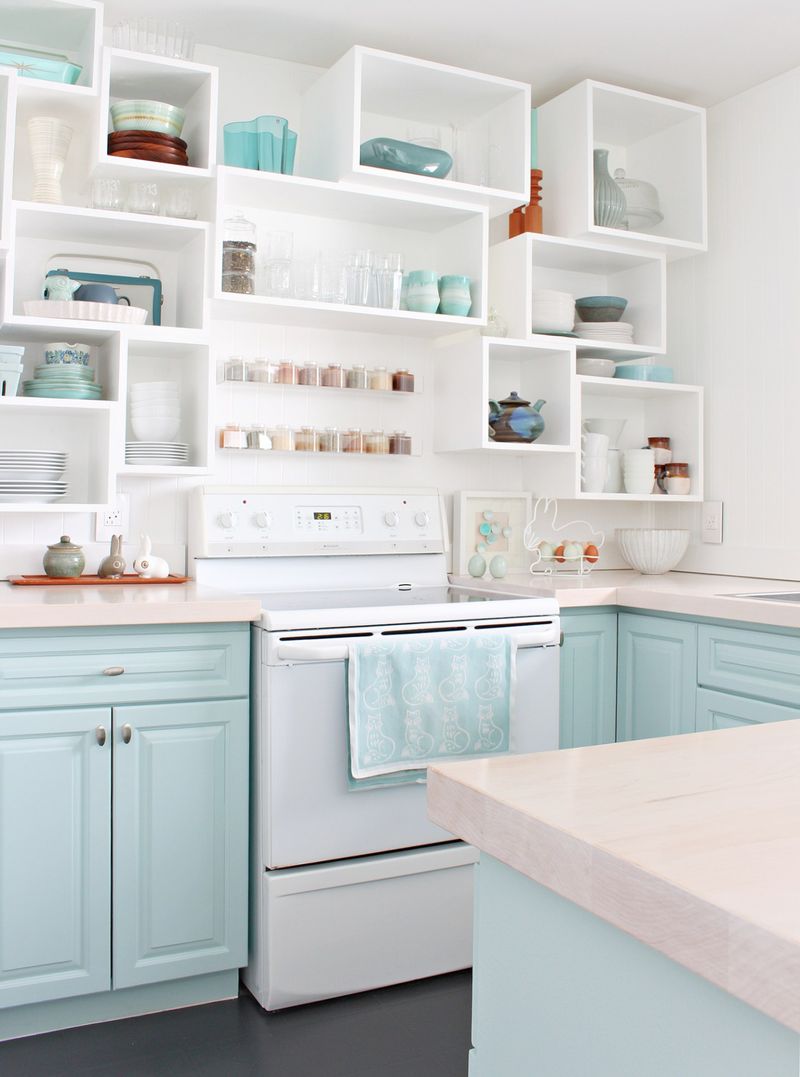
Magazine-worthy open shelving requires museum-level curation and daily maintenance. Real life quickly transforms these displays into chaotic catchalls for mismatched dishes and random items.
Most households benefit from a mix of open and closed storage. Displaying select items while hiding everyday clutter behind cabinet doors creates balance. Be honest about your organizational habits before committing to this high-maintenance trend!
14. Using Cheap Imitations That Look Fake
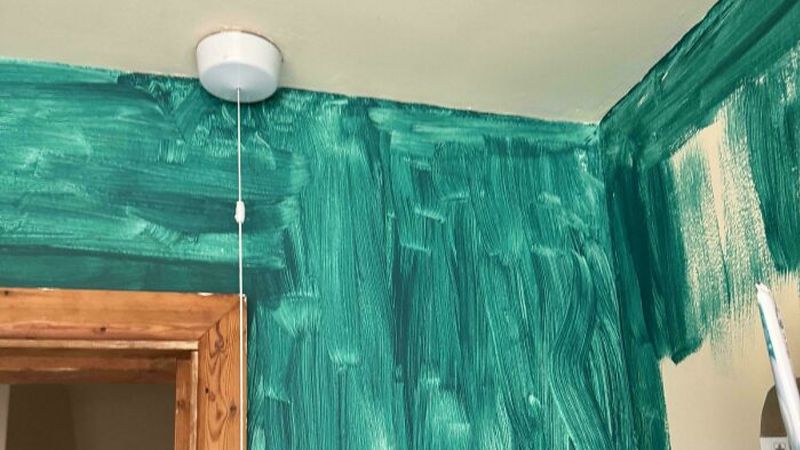
Faux marble contact paper peeling at the edges and plastic “wood-look” flooring fool absolutely no one. Budget-friendly alternatives often end up looking worse than simpler, authentic materials within the same price range.
Quality matters more than mimicking expensive materials! Genuine affordable options like solid-colored laminate or well-made ceramic tile outshine unconvincing imitations. Invest in real materials for high-touch surfaces where authenticity is most noticeable.
15. Ignoring Functionality for Aesthetic Only

Glass coffee tables that show every fingerprint and uncomfortable wire dining chairs might photograph beautifully but make daily living miserable. Form without function creates showrooms, not homes.
Warm-toned bulbs (2700–3000K) enhance leather’s rich color and create an inviting atmosphere. A dimmer switch allows easy adjustment from bright and functional to soft and intimate as the day progresses.

